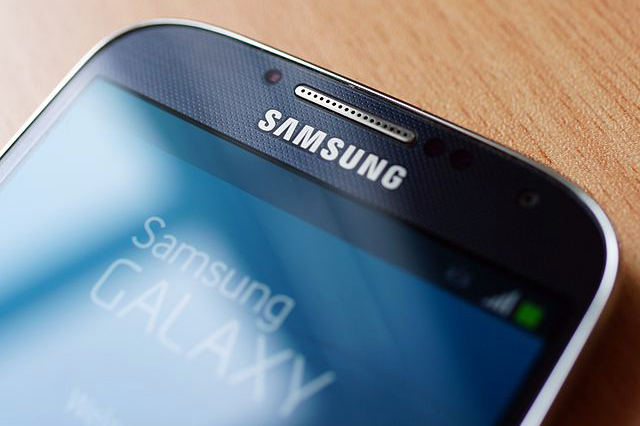East End Tech: Apps for the Hearing Impaired

My mom recently turned 80. Like many elderly folks, she has suffered significant hearing loss over time. And like many with her condition, she uses a hearing aid to combat the problem. But it never seems to work properly. She’ll turn it down too low, which means she can’t hear a word I’m saying. (Maybe this is a good thing, but that’s another subject.) Other times she turns the volume too high and is overwhelmed with crowd noise in restaurants and other public places.
All of this got me thinking about technology—and whether your smartphone can help. I did some digging, and while there’s no substitute for good a hearing aid system, I did find several great Apps for the hearing impaired. So this one’s for you, mom.
Dictation
Communication is a two-way street. Even if someone has a hard time hearing you, there are other ways you can help them understand what you’re trying to say. One example is written text. Why not use your phone to transcribe sentences for mom and others who are hard of hearing? Dragon Dictation is the leading app in this space. I’ve been using it for years to make notes and memos to myself, but you can also use the app to quickly draft written messages. If the person has the app operating live on their smart phone, you can deliver the message almost instantly with decent accuracy. Dragon Dictation is free, and you should also check out paid apps such as iASL which instantly translates typed sentences into sign language.
Subtitles
There’s good news on the entertainment front. Netflix has finally instituted free closed captioning for its online video streaming service. Never mind that it took a class action lawsuit to make it happen. Just enjoy the fact that mom can watch a movie without turning the TV volume to heavy metal concert levels.
If you’re one of the few people who still goes to movie theaters, check an app called Subtitles. It’s an appropriate name: the app features a large database of subtitles for different films in different languages. It’s a little tricky to get the timing right when the movie begins, but it’s worth a try.
Vibration Sensors
Another side effect of hearing loss is isolation. I’ve often scared the daylights out of my mom when I enter a room. She can’t hear me or even sense that I’m there. An app called GeoPhone can help. It costs 99 cents and is fairly simple to set up. Just lay your phone flat on a table and follow a series of lights and commands to “set” the motion at zero. Then perform some taps and movements to see what sets it off. On Android phones, you don’t even need the app. The handsets come with a built-in accelerometer interface that can detect movements like doors opening or earthquakes. Results are spotty, but it’s worth a try.
Listening Enhancements
My favorite discovery was an app called SoundFocus. It checks all the boxes: free to install, incredibly simple to use and serves a real and powerful function. When you open this app, it immediately prompts you to listen to a series of music tones at low, medium and high range. You adjust the volume levels until you can hear each tone. It’s a crude hearing test, but fairly powerful. The app then adjusts your phone’s music, ringtones and other audio settings to reflect the levels you entered. There’s a simple toggle switch to turn SoundFocus on and off, and this gives an instant comparison on how your audio levels sound. Results were great—the music sounded more clear, more crisp and deep. If you don’t like the results, it’s easy to hit reset and take the listening test again until you find the sound you like. Best of all, the music playback interface is so good that I’ve actually started using it instead of the Apple music player. All in all, it’s far more sophisticated than the standard EQ settings on smart phones. So definitely check this one out—and enjoy the sounds around you.



